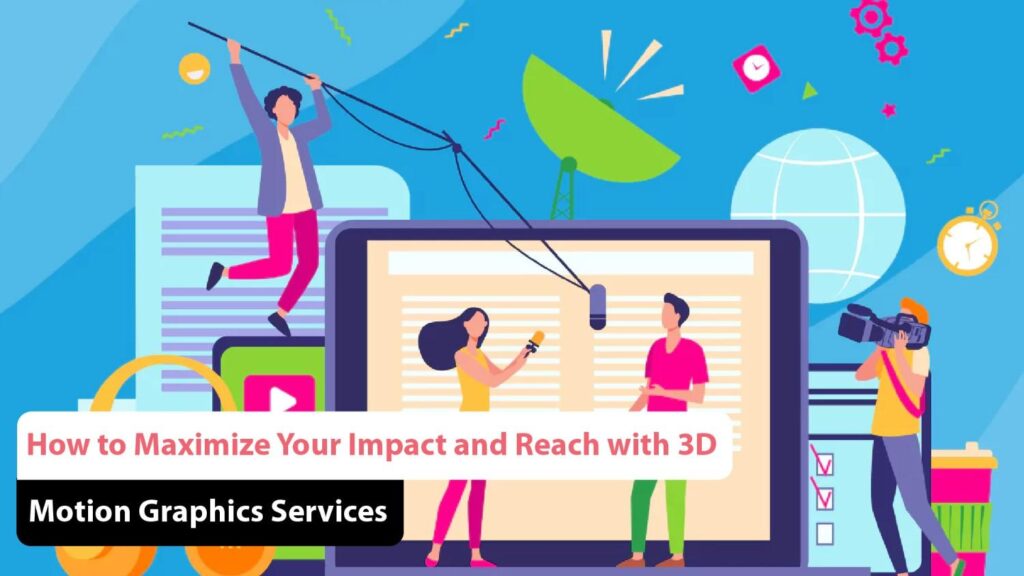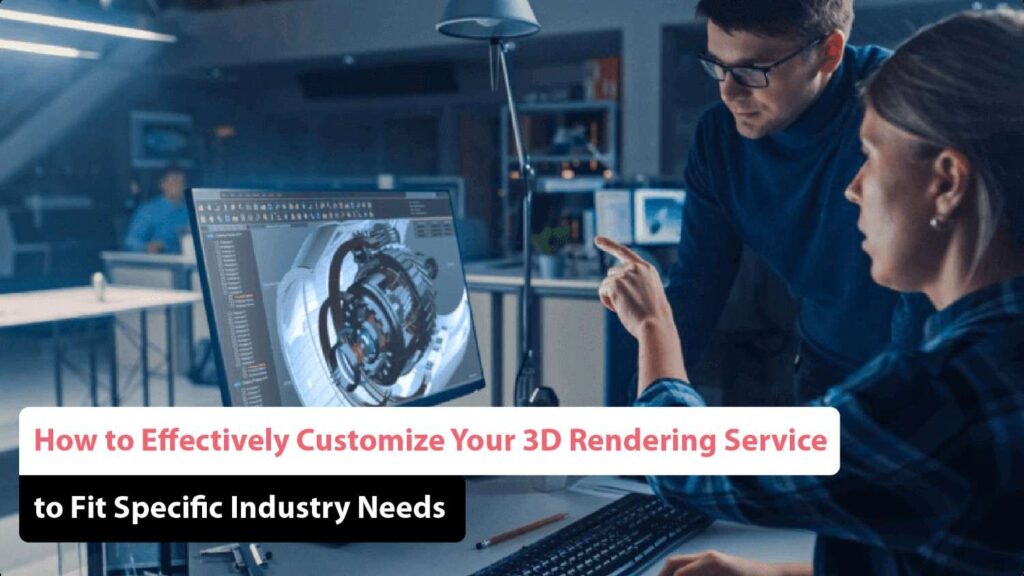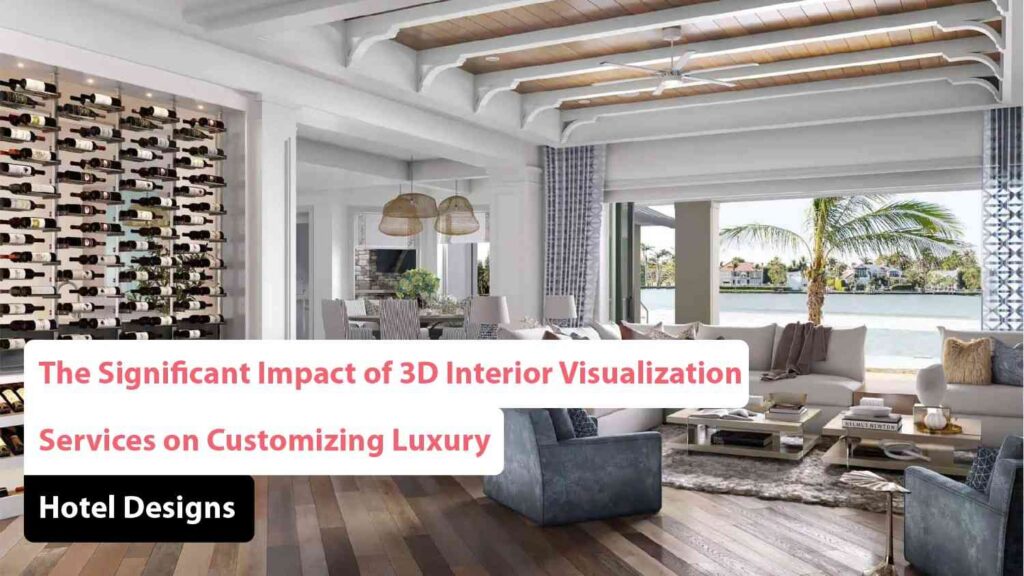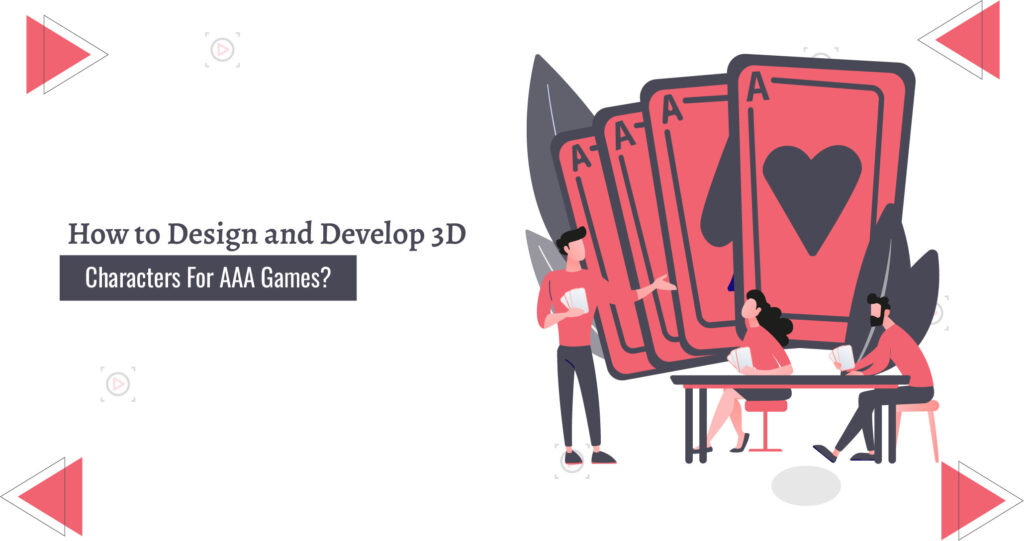How to Maximize Your Impact and Reach with 3D Motion Graphics Services
Explore the dynamic world of 3D Motion Graphics Services, where creativity meets cutting-edge technology to turn ideas into stunning visual experiences. As the digital landscape evolves, the demand for engaging and innovative content is skyrocketing, with 3D motion graphics leading this visual revolution. Dive into this captivating topic and see how it’s transforming our digital interactions. With unmatched depth and realism, 3D motion graphics push the limits of visual storytelling, offering immersive experiences that captivate and inspire. Discover how these advancements are enhancing entertainment and driving brand engagement in the modern world. By leveraging advanced techniques and tools, 3D motion graphics create visually compelling narratives that not only engage audiences but also create brand messaging. Stay ahead of the curve and see how embracing these innovations can set your content apart in a crowded digital landscape. How 3D Motion Graphics Revolutionize Visual Storytelling 3D motion graphics transcend traditional animation by merging art, design, and technology into a cohesive form. Through a sophisticated blend of 3D modeling, texturing, and animation techniques, they bring stories to life in vivid detail. This approach crafts immersive and interactive visual experiences that captivate audiences across diverse platforms. By integrating cutting-edge tools and creative strategies, 3D motion graphics not only enhance storytelling but also create brand visibility and engagement. These visuals push the boundaries of creativity, offering dynamic content that stands out in a crowded digital landscape. Discover how leveraging these advanced techniques can transform your project and leave a lasting impression on your audience. Why 3D Motion Graphics? 3D motion graphics have emerged as a powerful tool that revolutionizes how we engage with visual storytelling. These graphics are more than just a form of animation they represent a sophisticated blend of art, design, and technology that transforms ideas into dynamic, interactive experiences. Here’s a deeper look at how 3D motion graphics stand out and why they are essential for captivating modern audiences. The Creative Process Behind the Magic of Animation Creating 3D motion graphics is an intricate fusion of creative vision and technical skill, transforming an initial idea into a stunning visual display. This complex journey involves multiple stages, each demanding a specific combination of expertise and tools. From initial concept sketches to final renderings, every step is crucial in creating a cohesive and captivating visual experience. Dive with us into each phase to uncover the artistry and precision that bring 3D motion graphics to life, revealing the true magic behind this sophisticated creation. Discover how each element harmoniously contributes to the overall impact and effectiveness of the final product. How 3D Motion Graphics Are Created: A Behind-the-Scenes Look Creating a 3D motion graphic is a complex and exciting process that involves several stages, each requiring a combination of artistic vision, technical skill, and meticulous attention to detail. Here’s a behind-the-scenes look at the making of a 3D motion graphic: 1. Concept and Planning Idea Development: Storyboarding: 2. Design and Modeling Asset Creation: Scene Setup: 3. Animation Keyframe Animation: Rigging and Skinning: 4. Rendering Rendering Setup: Test Renders: Final Render: 5. Post-Production Compositing: Sound Design: 6. Review and Revisions Client Feedback: Final Delivery: From Vision to Reality The Art of Conceptualization The foundation of every exceptional visual begins with a concept. This crucial initial phase involves brainstorming and shaping ideas. Creators and clients collaborate to outline their vision, objectives, and the messages they aim to communicate. During this stage, essential elements such as themes, color schemes, and overall aesthetics are established. Following this, storyboarding takes place, translating these concepts into a visual script. Storyboarding functions like a comic strip, with each frame capturing a pivotal moment in the animation, serving as a detailed roadmap for the creative process. This detailed planning ensures that the final product aligns perfectly with the original vision, setting the stage for a cohesive and impactful animation. 3D Modeling The journey of creating 3D motion graphics begins with 3D modeling, a fundamental step that sets the stage for the entire animation. Once the storyboard is approved, 3D artists dive into constructing the characters, objects, and environments that will inhabit the 3D space. This stage is crucial because it lays the groundwork for everything that follows. Using sophisticated software like Autodesk Maya or Blender, modelers meticulously create every detail, from the contours of a character’s face to the texture of an object. Their goal is to ensure that each model is not only aesthetically pleasing but also faithful to the storyboard’s vision. The accuracy and creativity invested in this phase are essential, as they form the basis for the subsequent stages of animation. Texturing After the models are created, the next step is texturing. This process breathes life into the 3D models by applying colors, patterns, and surface details. Texturing artists use images, known as textures, to add realistic features to the models whether it’s the roughness of a stone or the smooth sheen of a character’s skin. This step goes beyond mere color application; it involves fine-tuning various properties like reflectivity, opacity, and bump mapping. By carefully adjusting these elements, texturing artists create a believable and immersive environment. The textures help convey the material qualities and emotional tone of the scene, significantly enhancing the visual richness and realism of the animation. Rigging With the models and textures in place, the next phase is rigging. This stage is often considered the backbone of 3D animation, as it involves creating the internal skeletons, or rigs, for the 3D models. Riggers design these skeletal structures to allow animators to manipulate and move the models. Rigging is critical because it determines the range of motion and flexibility of the characters and objects. A well-designed rig ensures that the animations are both realistic and aligned with the artistic vision of the project. It involves setting up controls and constraints that enable smooth and believable movements, making the rigging process a vital component of the animation pipeline. Animation Once rigging is complete, the animation phase begins. This is where the magic of bringing the models to





